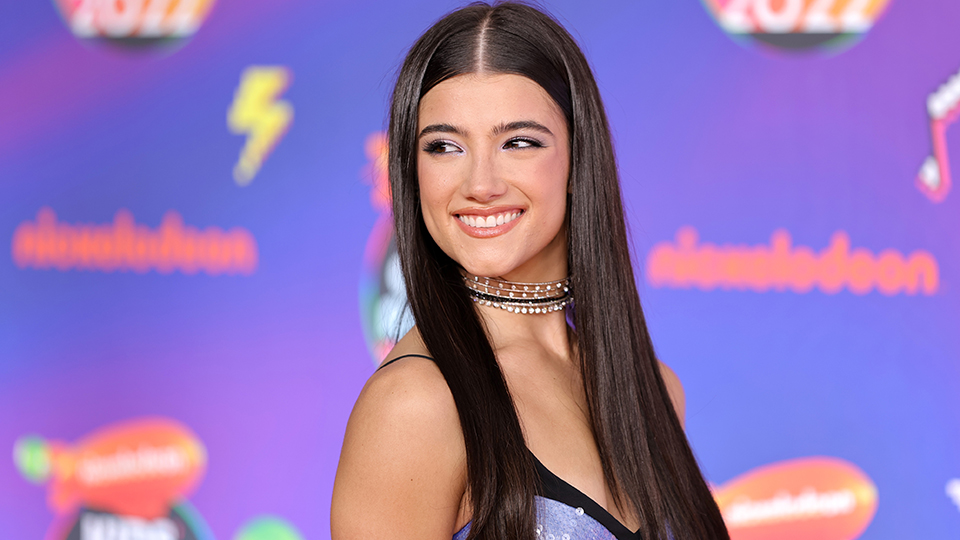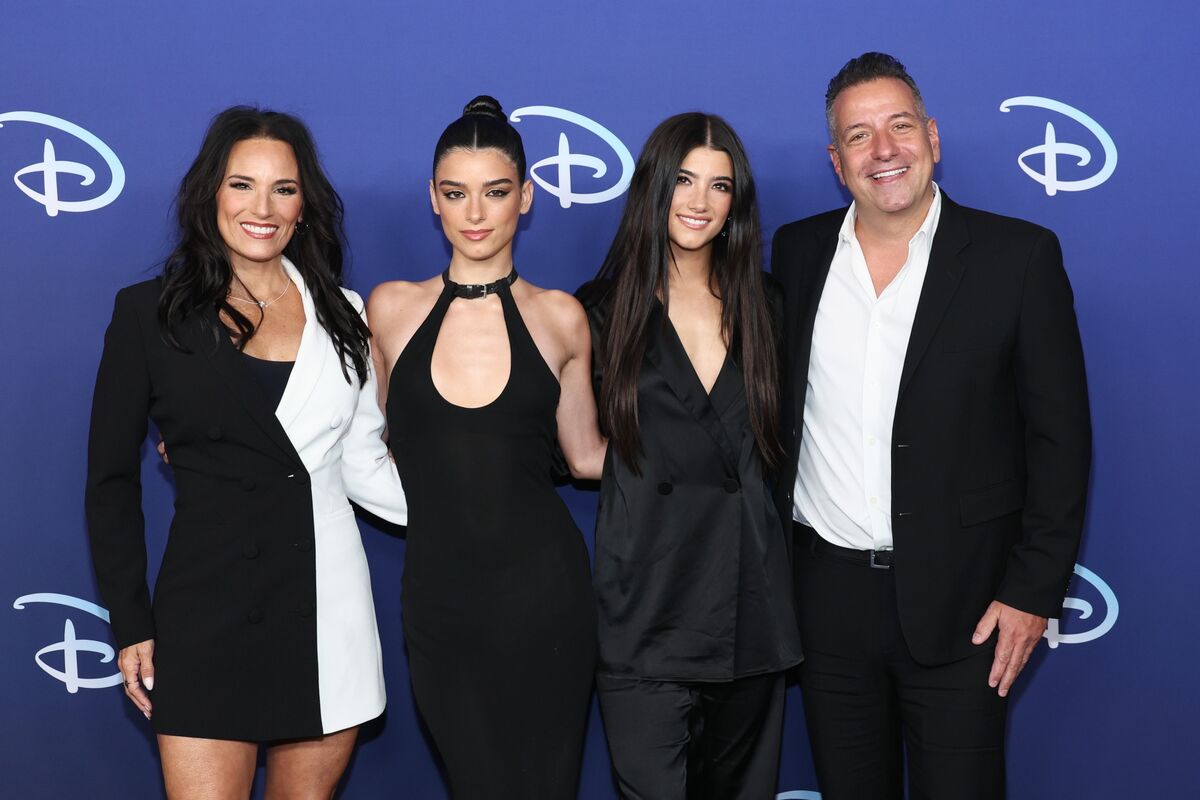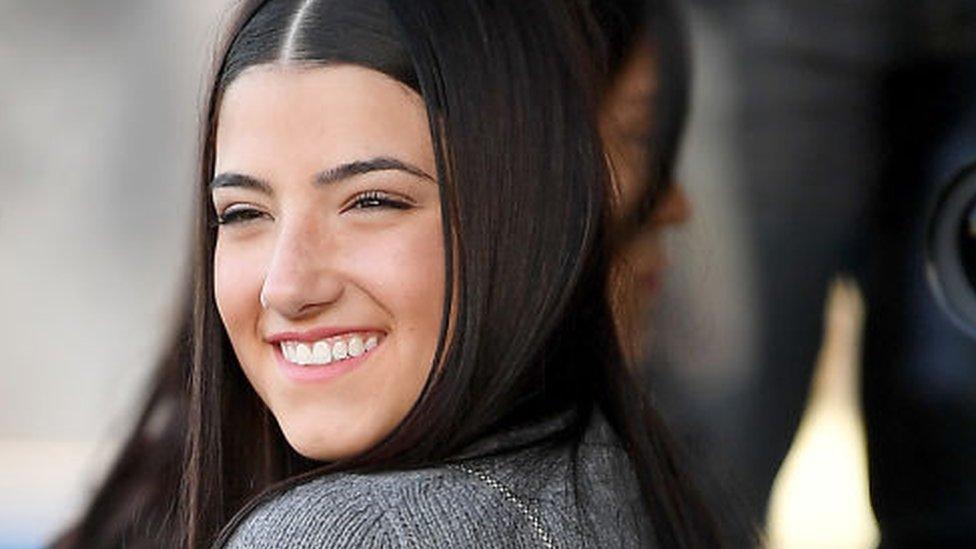Charli DAmelio and the Creator Economy: How to Monetize 150 Million Followers
The rise of mega-influencers transformed modern marketing. At the center of this transformation is the question: how do creators with massive followings — for example, a creator like Charli DAmelio with 150 million followers — convert attention into sustained economic value? This article examines the mechanisms of the creator economy, the revenue levers available to a star-level creator, and a set of quantitative scenarios that model how 150 million followers might translate to diversified income streams.
Macroeconomic Context: The Creator Economy and Market Size
The creator economy is not a single revenue stream but an ecosystem of advertising, brand partnerships, commerce, subscriptions, licensing, and financial products. Estimates of the total addressable market vary, but analysts commonly place the global creator economy opportunity in the tens to low hundreds of billions of dollars when adding up direct creator revenues, platform revenues, and adjacent services (e.g., agencies, merchandising, fintech for creators).
Key market signals:
- Influencer marketing spend has been growing annually and is measured in the multi-billions globally as brands allocate more budget to native creator-led content.
- Platform monetization (e.g., ad revenue share, creator funds, tips) provides a baseline but often represents a smaller portion of top-creator income compared to direct brand deals or commerce.
- Commerce and licensing scale differently: high-margin direct-to-fan merchandise and IP licensing can out-earn platform ad receipts for top creators.
Audience Economics: From Followers to Economic Value
Followers are not revenue; they are a potential reach metric. The conversion of reach into money depends on engagement, audience demographics, platform mix, and monetization channels. For a mega-influencer with 150 million followers, the primary valuables are: trust, reach, and network effects — each enabling different monetization tactics.
Key audience variables
- Engagement rate — percentage of followers who interact with content. Large accounts often experience engagement rates in the low single digits (1–6%). Higher engagement multiplies monetization power.
- Active reach — the subset of followers who regularly see and interact with posts. This is typically a fraction of total followers but scales with content frequency and cross-platform activity.
- Demographics — age, location, and purchasing behavior determine the value of each creative activation.
Monetization Frameworks for a 150M Follower Account
A diversified strategy is essential. Below are primary revenue categories with practical assumptions and tactics for optimizing each stream.
1. Brand Partnerships and Sponsorships
Brand deals remain the largest line item for many top creators. For a mega-influencer, these deals can be structured as per-post fees, campaign bundles, equity stakes, or long-term ambassadorships.
- Per-post sponsoring: High-end deals can range from tens of thousands to several hundred thousand dollars per post, depending on creative scope and exclusivity.
- Campaign packages: Bundling multiple posts across platforms increases effective CPM and locks in recurring revenue.
- Equity and royalties: Brands sometimes offer product equity or performance royalties, shifting risk and upside to the creator.
2. Platform Ad Revenue and Creator Funds
Platforms like TikTok, YouTube, and Instagram offer varying degrees of revenue share:
- Ad CPMs: CPMs (cost per thousand views) vary widely by platform and market; for large creators, effective CPMs typically range from $2 to $20+ depending on content format and advertiser demand.
- Creator funds and tips: These are often supplementary and unpredictable; top creators use them to bootstrap community monetization but do not rely solely on them.
3. E-commerce, Merch, and Direct-to-Consumer Sales
With 150 million followers, even a tiny conversion rate to commerce can yield substantial revenue. Key levers:
- Merchandise: high-margin printed goods and limited-edition drops can create scarcity-driven demand.
- Collaborative products: branded apparel, beauty, and consumer goods co-developed with established manufacturers.
- Owned channels: driving followers to an owned e-commerce site increases lifetime value and reduces platform fees.
4. Subscriptions, Memberships, and Fan Monetization
Subscription formats (e.g., Patreon-style memberships, platform subscriptions, paid communities) monetize the most committed fans.
- Tiered pricing with exclusive content, behind-the-scenes access, and member events increases ARPU (average revenue per user).
- Live gifts and tips convert real-time engagement into micro-payments.
5. Licensing, IP, and Traditional Media
Charli-caliber creators can license IP for TV shows, products, and collaborations. These deals often involve guaranteed fees plus backend royalties.
Quantitative Scenarios: Modeling Revenues from 150 Million Followers
Below is a simplified revenue model showing low, medium, and high monetization scenarios. Assumptions are clearly stated; these are illustrative and meant to show how different monetization mixes scale.
| Revenue Stream | Assumption | Low Estimate (USD) | Medium Estimate (USD) | High Estimate (USD) |
|---|---|---|---|---|
| Brand partnerships | 4 big campaigns @ $250k ; 12 mid @ $75k | $700,000 | $3,000,000 | $12,000,000 |
| Platform ad revenue | 100M monthly views * CPM $3–$10 | $3,600,000 | $9,000,000 | $24,000,000 |
| E-commerce / merch | 0.2% conversion of 150M * avg $35 OR product margins | $1,050,000 | $6,300,000 | $21,000,000 |
| Subscriptions & membership | 0.05% paying at $5/month | $450,000 | $900,000 | $3,600,000 |
| Licensing & media | 1–3 deals/year | $200,000 | $1,000,000 | $10,000,000 |
| Total (approx) | $6.0M | $20.2M | $70.6M |
Notes on the table: the model uses conservative-to-aggressive assumptions about views, CPM, conversion rates, and deal size. The critical insight is that diversification across channels smooths revenue volatility and increases the expected value of the creators attention capital.
Microeconomics: Margins, Elasticities and Unit Economics
Turning followers into sustainable earnings requires attention to unit economics:
- Customer acquisition cost (CAC): For merchandise or subscription, the marginal cost of converting a follower is low relative to paid acquisition. Organic conversion can yield favorable CAC/LTV ratios.
- Contribution margin: Digital products (e.g., paywalled content) have high contribution margins; physical merch has higher variable costs but can be scaled with dropship or contract manufacturers to preserve margins.
- Price elasticity: Fan willingness to pay relates to perceived exclusivity and value. Tiered offerings capture different elasticities.
Example unit economics for a merch drop
- Production cost per unit: $8
- Selling price: $35
- Fulfillment & shipping: $7
- Marketing & overhead per unit: $3
- Contribution margin per unit: $35 – ($8+$7+$3) = $17 (49%)
Risk, Platform Dependence, and Portfolio Strategy
A single-platform dominance exposes creators to platform policy risk, algorithm shifts, and revenue share changes. For a creator monetizing 150 million followers, portfolio strategy means:
- Platform diversification — grow audiences on multiple platforms (YouTube, TikTok, Instagram, Snapchat, streaming) to hedge algorithm risk.
- Revenue diversification — balance trade-offs between high-margin business lines (subscriptions, IP) and high-volume, lower-margin lines (ads).
- Financialization — consider long-term vehicles: family offices, funds, or SPVs to manage capital gains and tax optimization.
Operational Playbook: Steps to Monetize Large-Scale Attention
Convert scale into sustainable enterprise by following a disciplined operational playbook:
- Segment the audience — identify high-value cohorts based on behavior, geography, and spending power.
- Test small, scale fast — A/B test product offers, price points, and membership perks to learn marginal returns.
- Professionalize commercial operations — hire or partner with experienced brand managers, legal counsel, and fulfillment providers.
- Negotiate smart deals — prefer long-term partnerships with performance upside (royalties, equity) over one-off cash when strategic.
- Invest in IP — register trademarks, develop original product lines, and license content to preserve value beyond the platform lifecycle.
Organizational roles to consider
- Chief Content Officer — ensures content strategy aligns with monetization goals.
- Head of Commerce — runs e-commerce operations and merchandising.
- Legal & Business Affairs — negotiates contracts and protects IP.
- Data & Analytics — measures conversion funnels, CAC, retention, and LTV.
Investor and Brand Perspectives: Valuing a Creator
Valuation approaches for creator-led businesses combine revenue multiples, audience quality metrics, and growth potential. From a brand perspective, audience authenticity and engagement often trump raw follower counts. From an investor perspective, the stability of revenue streams, recurring revenue proportion, and control over distribution channels increase enterprise value.
Typical valuation heuristics:
- Revenue multiple — consumer-facing creator businesses with recurring revenues might be valued at 2x–10x revenue, depending on growth and margin profile.
- IP and product portfolio — durable product lines and licensed IP can justify higher multiples.
Case Study Template: Modeling a New Product Launch
Suppose a creator with 150 million followers launches a cosmetics collaboration:
- Assume a conversion of 0.15% of followers to buyers in the first 12 months = 225,000 buyers.
- Average order value (AOV) = $40 → revenue = $9,000,000.
- Gross margin = 55% after COGS and fulfillment → gross profit = $4.95M.
- Marketing spend for acquisition via paid channels and influencer cross-promo = $1M → net contribution before overhead ≈ $3.95M.
This example shows how even modest conversion percentages across a massive audience can produce substantial enterprise-level results.
Behavioral Economics: Pricing, Scarcity, and Fan Loyalty
Economic psychology matters. Scarcity-driven drop models, time-limited offers, and tiered exclusivity exploit behavioral biases that increase conversion rates. Loyalty programs, exclusive community access, and authentic storytelling maintain long-term customer retention and increase lifetime revenue.
Final Thoughts on Scaling a Mega-Creator Business
Bringing the analysis together: monetizing a large following is both a numbers game and a relationship game. The owner of 150 million followers is uniquely positioned to extract high economic value, but must manage platform risk, optimize unit economics, and build an organizational scaffold that turns ephemeral attention into durable assets. The tactics and scenarios above outline how creators like Charli DAmelio — and any creator with very large audiences — can move from attention to diversified, scalable revenue streams.
(This article intentionally leaves room for ongoing strategy development and adaptation to market conditions, platform policies, and fan preferences.)



